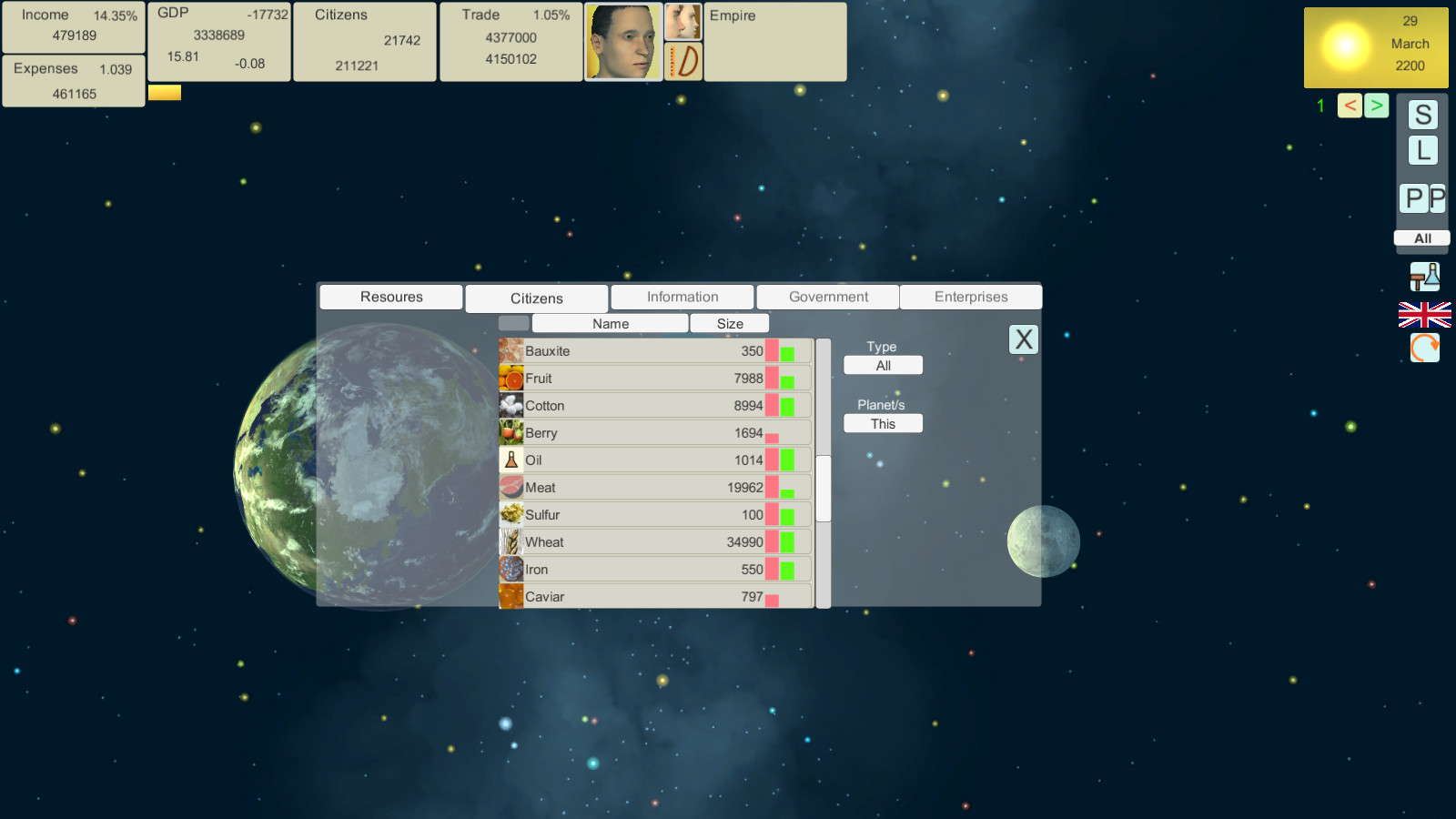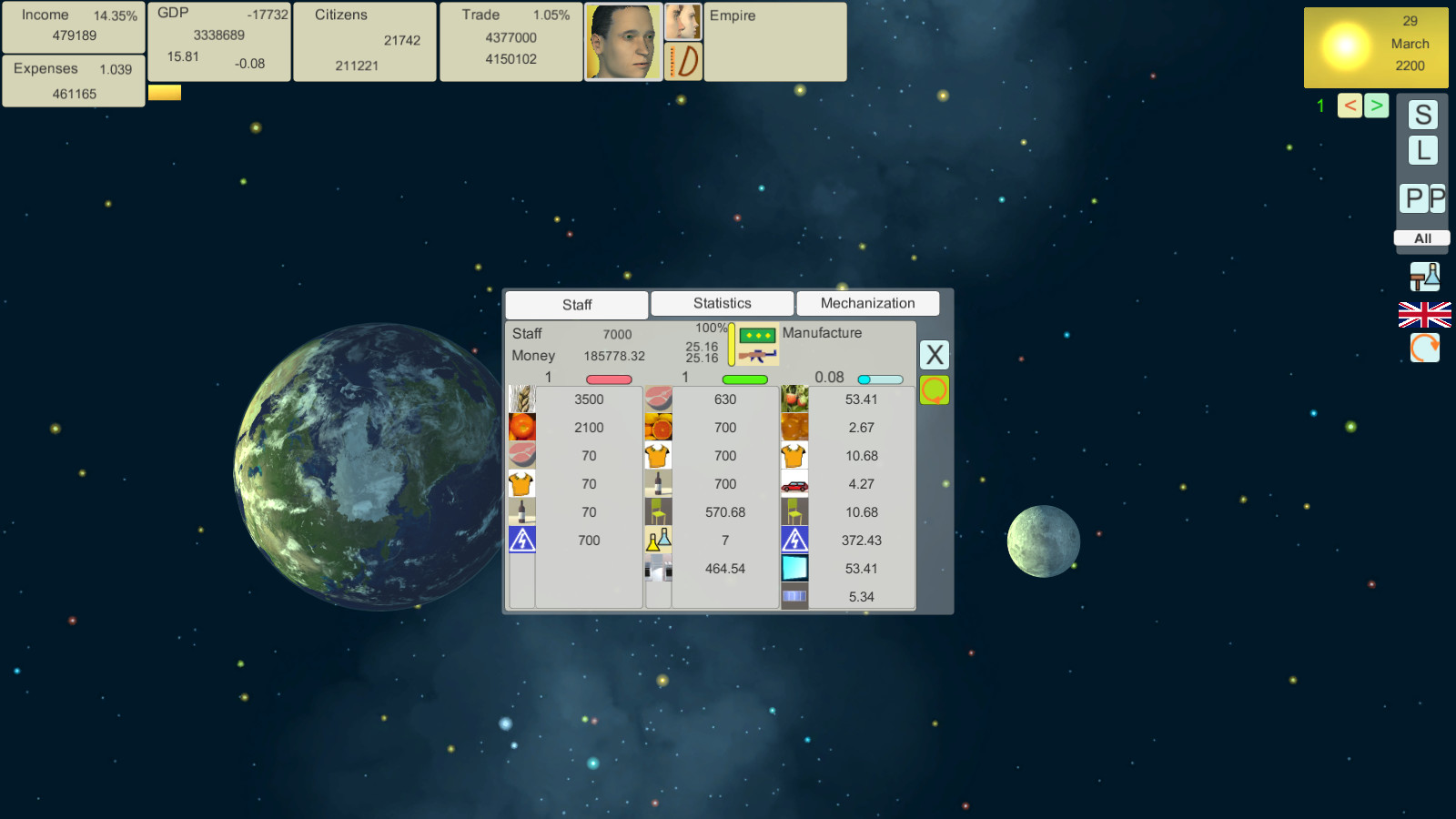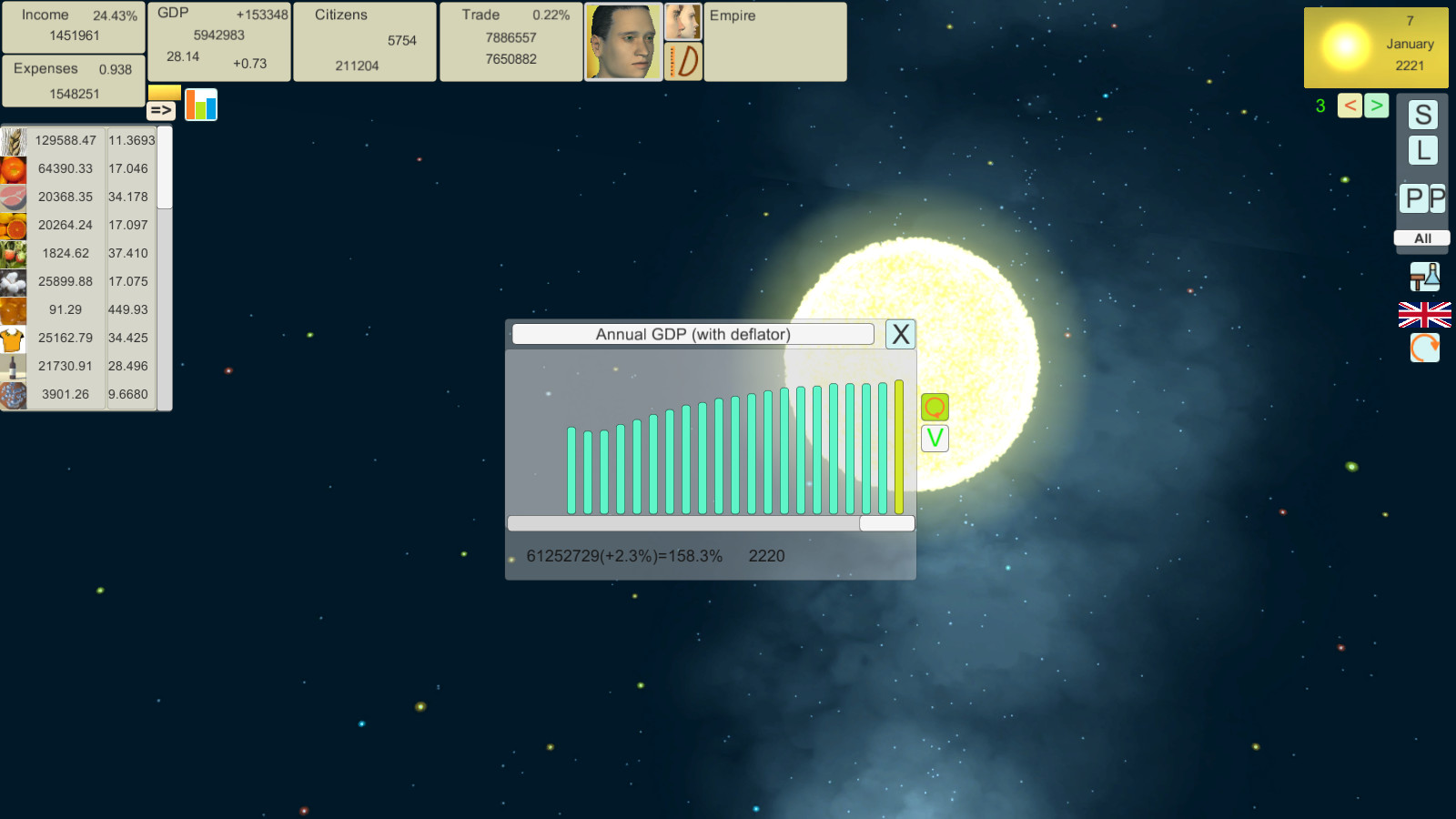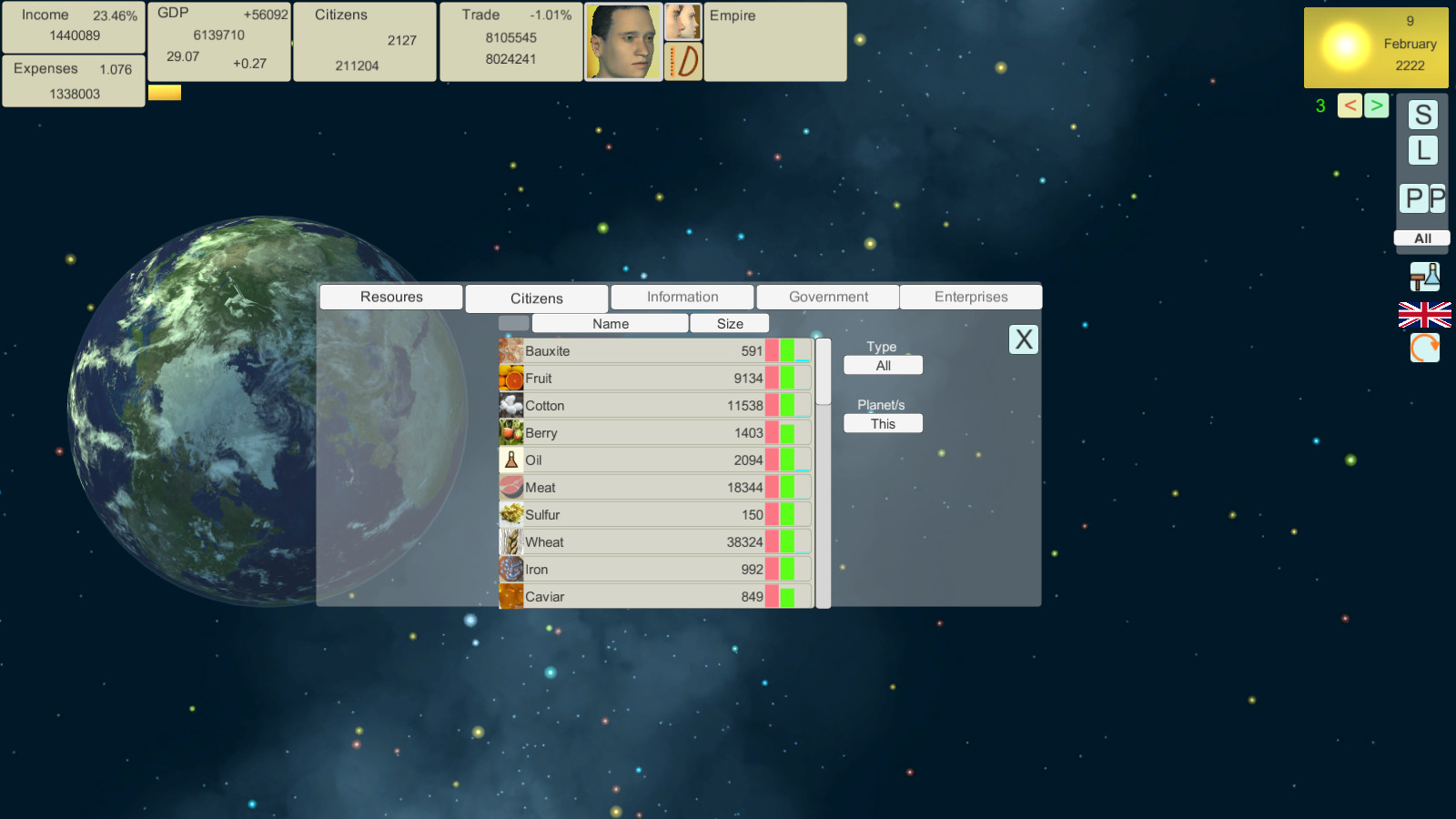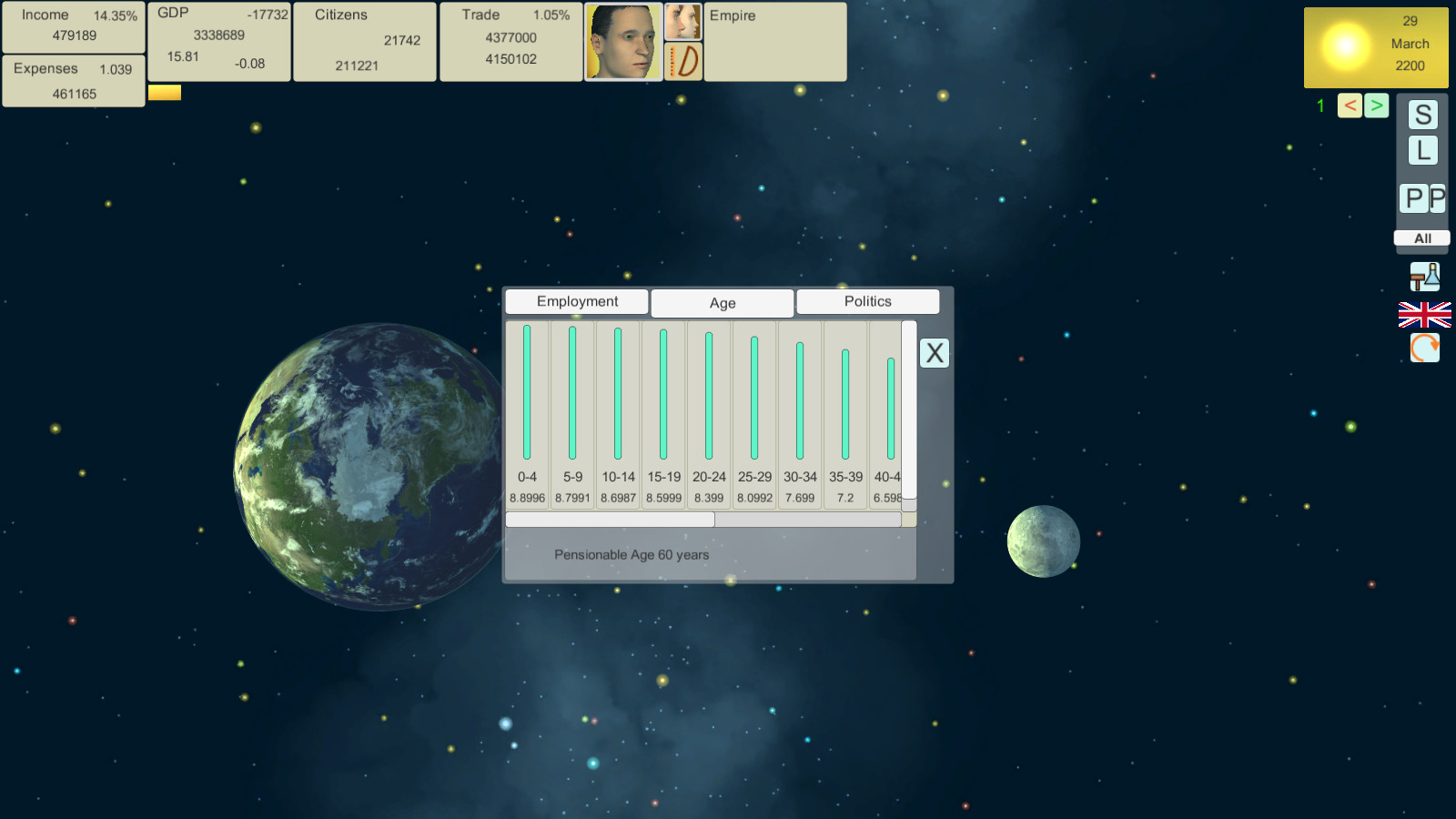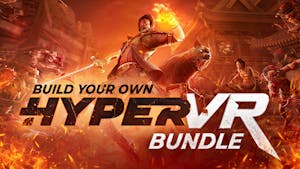A simulator of the real economy during a crisis.
Use basic income, progressive tax, social payments, and if you don’t have enough money, print as much as you need!
Sociology and politics will not interfere with your economic experiment!
Inflation and deflation are unlimited!
If you run the game you will see growth the number of unemployed, the deflation that will accompany it.
I wonder if real GDP will slowly grow at the same time?
When you get tired of watching this, try something!
The first DLC(add Second Game) will be devoted to sociology, сharacters. Politics will affect gameplay.
The second DLC(add Third Game) will be devoted to relations with space powers, the mechanics of the game will be refined in favor of greater playability and improved graphics.
The result will be 3 games: Economic Simulator, Socio-Economic Simulator and Space Strategy.
Use basic income, progressive tax, social payments, and if you don’t have enough money, print as much as you need!
Sociology and politics will not interfere with your economic experiment!
Inflation and deflation are unlimited!
If you run the game you will see growth the number of unemployed, the deflation that will accompany it.
I wonder if real GDP will slowly grow at the same time?
When you get tired of watching this, try something!
Future
2 DLС are expected.The first DLC(add Second Game) will be devoted to sociology, сharacters. Politics will affect gameplay.
The second DLC(add Third Game) will be devoted to relations with space powers, the mechanics of the game will be refined in favor of greater playability and improved graphics.
The result will be 3 games: Economic Simulator, Socio-Economic Simulator and Space Strategy.
Features
- Real 3D map of the nearest stars!
Elements of space game.

begins with the determination of its length, width and height (in meters). This determines the usable volume that can be filled with components. Then you can determine the thickness (in millimeters). The thickness and material of the body determines its strength and mass.
The size of the hull determines the number of tiles of which the hull consists if an enemy shot pierces the hull, one tile is destroyed. If the hull consists of 10 tiles and 1 is destroyed, then with a probability of 10% the enemy shot will not be delayed by the armor of the ship.
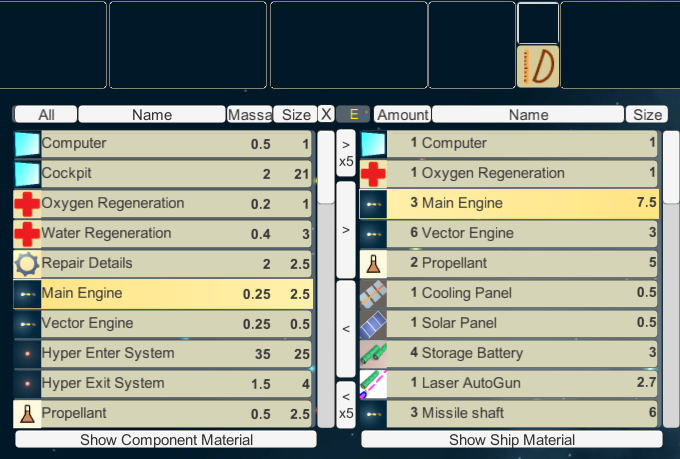
be equipped with a system of orientation and exit from hyperspace. (Except for fighters. Fighters also do not need a water recovery system)
Each large ship with a volume of more than 400 cubic meters must have its own Hyper Enter System and an operating nuclear power plant. A nuclear power plant is turned on only when the transition zone is created, the rest of the time it is turned off.
In the orbit of an inhabited planet, the ship is refueled and replenishes its weapons reserves.
Design of the Spaceship

begins with the determination of its length, width and height (in meters). This determines the usable volume that can be filled with components. Then you can determine the thickness (in millimeters). The thickness and material of the body determines its strength and mass.
The size of the hull determines the number of tiles of which the hull consists if an enemy shot pierces the hull, one tile is destroyed. If the hull consists of 10 tiles and 1 is destroyed, then with a probability of 10% the enemy shot will not be delayed by the armor of the ship.
RCS
effective reflection area determines how well the ship is visible on enemy radars, missiles can be fired at maximum range of the target's visibility. But at such a distance, the accuracy of the guns is low.Torpedo
determines (if clicked) how many torpedoes to load into missile launchers. While it is assumed that torpedoes inflict cumulative damage and are effective against armored, slow and large targets. And anti-aircraft missiles exploding at a distance of 100 meters from the target inflict multiple minor damage.Radiator.
Spaceship components, such as radars, emit a lot of heat that needs to be removed.Some components of a spaceship.

Hyper Exit System.
Every ship traveling in hyperspace mustbe equipped with a system of orientation and exit from hyperspace. (Except for fighters. Fighters also do not need a water recovery system)
Hyper Enter System.
Large spaceships create a transition zone into hyperspace through which the entire fleet then moves.Each large ship with a volume of more than 400 cubic meters must have its own Hyper Enter System and an operating nuclear power plant. A nuclear power plant is turned on only when the transition zone is created, the rest of the time it is turned off.
Spacecraft materials
the hull and each component of the ship consists of materials that are purchased before the construction of the ship. Purchased materials are initially delivered to the repository. If the warehouse already has the necessary materials, then they are not purchased.Colonization.
To colonize a planet, a spaceship with a colony is needed in its orbit. Then you can click colonize and create POP. To create POP, 10 unemployed are required.In the orbit of an inhabited planet, the ship is refueled and replenishes its weapons reserves.
Resource allocation
planets located closer to the sun are richer in heavy resources such as iron and uranium, and planets located further from the star are rich in light resources such as coal and lithium. For more massive stars it is more pronounced.[ 2020-06-25 08:30:00 CET ] [Original Post]
Minimum Setup
- Processor: Intel Core i3-530Memory: 2 GB RAMStorage: 200 MB available spaceAdditional Notes: Linux
- Memory: 2 GB RAMStorage: 200 MB available spaceAdditional Notes: Linux
- Storage: 200 MB available spaceAdditional Notes: Linux
Recommended Setup
- Processor: Intel Celeron G4900Memory: 2 GB RAM
- Graphics: GT 1030 or equivalent
- Storage: 200 MB available spaceAdditional Notes: Linux
GAMEBILLET
[ 6487 ]
GAMERSGATE
[ 1519 ]
MacGamestore
[ 2422 ]
FANATICAL BUNDLES
HUMBLE BUNDLES
by buying games/dlcs from affiliate links you are supporting tuxDB

